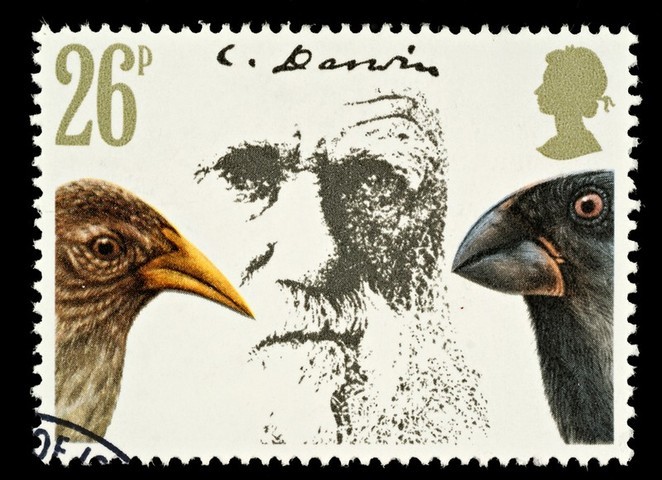23.6 The theory of evolution
 The finding of fossils and differences between species was of interest to scientists in the 19th century. During his journey to the Galápagos Islands, an Englishman called Charles Darwin became acquainted with a group of about 15 species of passerine birds referred to as Galápagos finches. Darwin studied the nearby islands, their living conditions and species and compared them to the conditions on the continent.
The finding of fossils and differences between species was of interest to scientists in the 19th century. During his journey to the Galápagos Islands, an Englishman called Charles Darwin became acquainted with a group of about 15 species of passerine birds referred to as Galápagos finches. Darwin studied the nearby islands, their living conditions and species and compared them to the conditions on the continent.
Darwin found that different islands had different environmental and nutritional conditions, and that finches living on different islands differed from each other in terms of their beak shapes. The beaks of different species had, over the course of millennia, developed in various directions on different islands according to their different conditions. This, according to Darwin, was evidence of natural selection and adaptation. Based on his research and writings, the theory of evolution was developed. The modern concept of evolution also includes cultural evolution, i.e. the transfer of knowledge, experiences and perceptions from one generation to another.